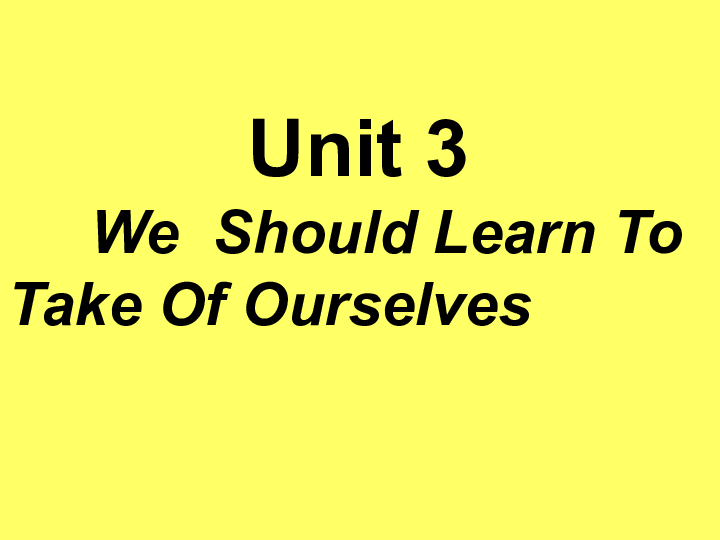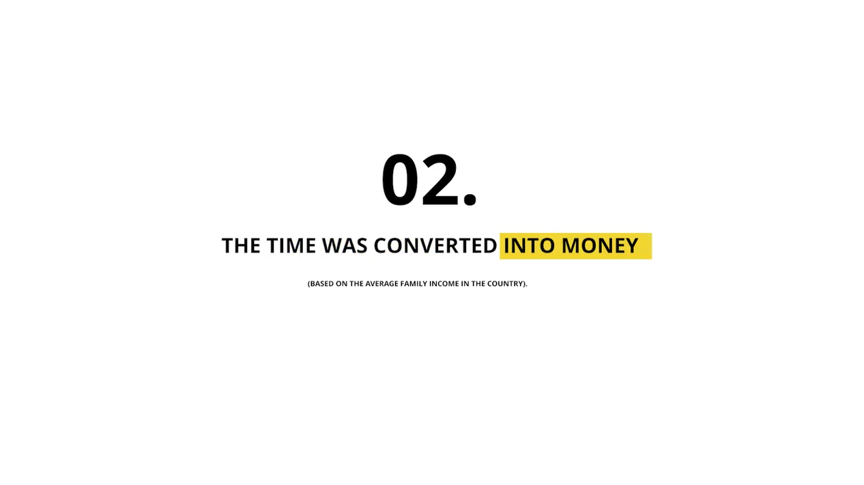Should You Pay Off Subsidized or Unsubsidized Loans First? A Comprehensive Guide to Student Loan Repayment
Guide or Summary:Evaluating Your LoansCreating a Repayment StrategyConsider Your Financial GoalsWhen it comes to managing student loans, one of the most pre……
Guide or Summary:
When it comes to managing student loans, one of the most pressing questions borrowers face is, should you pay off subsidized or unsubsidized loans first? Understanding the differences between these two types of loans is crucial for making informed financial decisions that can save you money in the long run.
Subsidized loans are federal student loans that do not accrue interest while you are in school, during the grace period, or during deferment. This means that if you take out a subsidized loan, the government covers the interest costs during these periods. On the other hand, unsubsidized loans begin accruing interest as soon as the funds are disbursed, meaning you are responsible for paying the interest even while you are still in school.

Given this fundamental difference, many borrowers wonder whether it makes more sense to focus on paying off subsidized loans first or to tackle unsubsidized loans. The answer often depends on your individual financial situation, including your interest rates, loan amounts, and overall financial goals.
Evaluating Your Loans
Before making any decisions about repayment, it’s essential to evaluate the terms of your loans. Check the interest rates on both your subsidized and unsubsidized loans. Typically, subsidized loans have lower interest rates compared to unsubsidized loans, but this is not always the case. If your unsubsidized loans have significantly higher interest rates, it may be beneficial to prioritize those loans to minimize the total interest paid over time.
Creating a Repayment Strategy
Once you have a clear understanding of your loans, consider developing a repayment strategy. One popular approach is the avalanche method, where you focus on paying off the loans with the highest interest rates first. This strategy can save you money in interest payments over time. In this case, if your unsubsidized loans have a higher interest rate, it would make sense to pay those off first.

Alternatively, the snowball method involves paying off the smallest loans first, regardless of interest rates. This approach can provide psychological benefits, as paying off smaller loans can give you a sense of accomplishment and motivate you to keep going. If your subsidized loans are smaller in amount, you might choose to tackle them first for this reason.
Consider Your Financial Goals
Your financial goals should also play a significant role in your decision-making process. If you are planning to apply for a mortgage or other types of loans in the near future, reducing your debt-to-income ratio may be a priority. In this case, focusing on paying off loans quickly—regardless of whether they are subsidized or unsubsidized—might be your best bet.
Additionally, consider your career plans and income potential. If you are entering a field with high earning potential, you may want to prioritize loans that will allow you to free up cash flow sooner rather than later.

In conclusion, the question of should you pay off subsidized or unsubsidized loans first does not have a one-size-fits-all answer. It requires careful consideration of your loan terms, interest rates, repayment strategies, and personal financial goals. By taking the time to analyze your situation, you can create a tailored repayment plan that aligns with your financial situation and helps you achieve your long-term objectives. Whether you choose to focus on subsidized loans or tackle unsubsidized loans first, the key is to stay proactive and informed throughout the repayment process.